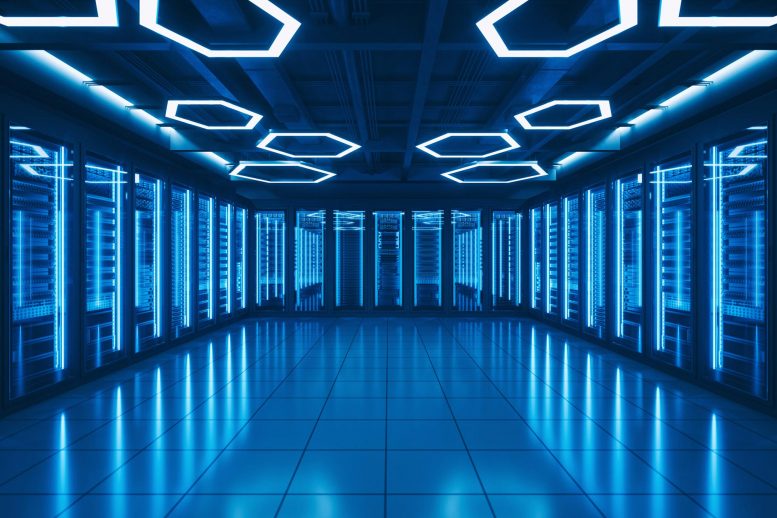
Computing consumes 8% of global electricity, largely in massive, factory-sized data centers. This already-unsustainable energy load is doubling every decade.
Stepping ‘beyond binary’ to store data in more than just 0s and 1s.
Electronic data is being produced at a breathtaking rate.
The total amount of data stored in data centers around the globe is of the order of ten zettabytes (a zettabyte is a trillion gigabytes), and we estimate that amount doubles every couple of years.
With 8% of global electricity already being consumed in information and communication technology (ICT), low-energy data storage is a key priority.
To date there is no clear winner in the race for next-generation memory that is non-volatile, has great endurance, highly energy efficient, low cost, high density, and allows fast access operation.
The joint international team comprehensively reviews ‘multi-state memory’ data storage, which steps ‘beyond binary’ to store more data than just 0s and 1s.
Multi-State Memory: More Than Just Zeroes and Ones
Multi-state memory is an extremely promising technology for future data storage, with the ability to store data in more than a single bit (ie, 0 or 1) allowing much higher storage density (amount of data stored per unit area.
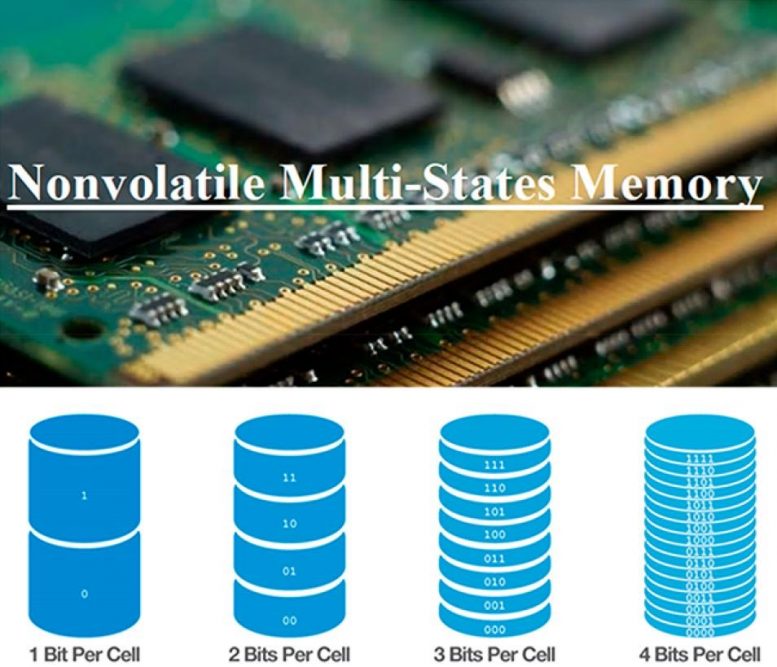
Storage of four bits per cell increases memory capacity by a factor of 2 to the power of 4 (ie, 16). Credit: FLEET
This circumvents the plateauing of benefits historically offered by ‘Moore’s Law’, where component size halved abut every two years. In recent years, the long-predicted plateauing of Moore’s Law has been observed, with charge leakage and spiralling research and fabrication costs putting the nail in the Moore’s Law coffin.
Non-volatile, multi-state memory (NMSM) offers energy efficiency, high, nonvolatility, fast access, and low cost.
Storage density is dramatically enhanced without scaling down the dimensions of the memory cell, making memory devices more efficient and less expensive.
Neuromorphic Computer Mimicking the Human Brain
Multi-state memory also enables the proposed future technology neuromorphic computing, which would mirror the structure of the human brain. This radically-different, brain-inspired computing regime could potentially provide the economic impetus for adoption of novel technology such as NMSM.
NMSMs allow analog calculation, which could be vital to intelligent, neuromorphic networks, as well as potentially helping us finally unravel the working mechanism of the human brain itself.
The Study
The paper reviews device architectures, working mechanisms, material innovation, challenges, and recent progress for leading NMSM candidates, including:
- Flash memory
- magnetic random-access memory (MRAM)
- resistive random-access memory (RRAM)
- ferroelectric random-access memory (FeRAM)
- phase-change memory (PCM)
Reference: “Nonvolatile Multistates Memories for High-Density Data Storage” by Qiang Cao, Weiming Lü, X. Renshaw Wang, Xinwei Guan, Lan Wang, Shishen Yan, Tom Wu and Xiaolin Wang, 19 August 2020, ACS Applied Materials and Interfaces.
DOI: 10.1021/acsami.0c10184
The joint international team was led by Prof Xiaolin Wang (University of Wollongong), Prof Shishen Yan (Shandong University), Prof Tom Wu (UNSW) and A/Prof Lan Wang (RMIT).





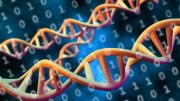
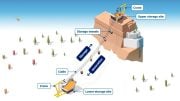
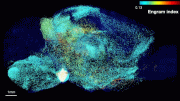

This reminds me of the data compression advances using wavelets, such as JPG2000 and what is used in cellular networks to greatly compress data.